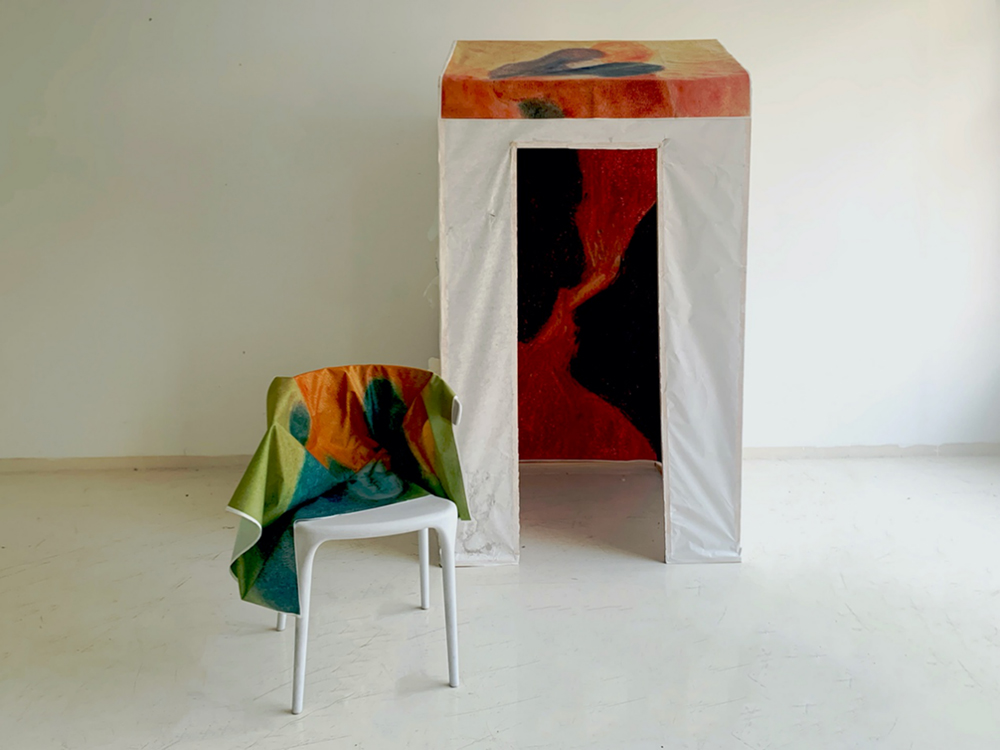In an era where contemporary art often accelerates toward spectacle and social commentary, some artists choose to move in the opposite direction, toward quietude, introspection, and emotional resonance. Taichun Zheng, a UK-based artist, has cultivated a practice rooted not in spectacle but in sensitivity. Her work reclaims slowness as a form of resistance, positioning art as a space for emotional repair and sensory reflection.
At the heart of Zheng’s practice is the Healing House (2025), a sensory installation that merges painting and sculpture into a domestic site of care. Audiences are invited to enter, not merely observe, a soft-structured interior assembled from flannel, xuan paper, wood, and pastel imagery. These materials are not decorative, they are affective agents. Pastel drawings transferred onto flannel reference family, warmth, and memory, while torn xuan paper is gently mended, its seams filled with pigment and tactile presence. Healing House does not depict a literal home; it conjures an emotional architecture where fracture is permitted, and intimacy reimagined.
Rather than offering conceptual solutions or didactic messages, Zheng’s work presents a state of feeling, an atmosphere in which slowness, vulnerability, and immersion unfold. Paper wrinkles, faint smells, and fibrous textures become what she calls “evidence of the body”, marks of separation, transition, and quiet reconciliation. As visitors move through the space, they become participants in an ongoing ritual of repair, bringing their own emotional residue into the work.
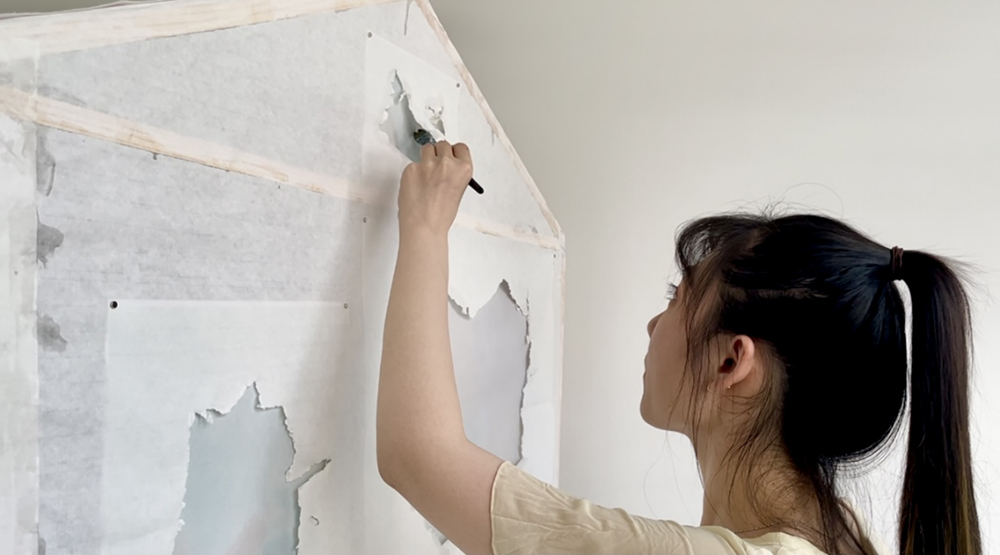
Zheng’s approach is deeply informed by East Asian philosophies of restoration. Drawing from traditions such as kintsugi and ceramic mending, she proposes that rupture is not an endpoint, but a beginning; cracks need not be concealed, but can instead be honored and rendered visible. For Zheng, healing is not about perfection, but about the courage to acknowledge damage and the tenderness required to hold it. Touch, memory, and spatial resonance become as central as sight; flannel evokes childhood security, xuan paper floats like suspended emotion, and painted forms recall maternal care. Her installations activate a sensory circuit between artwork and viewer, where meaning arises not from text, but from proximity and perception.

Across her practice, Zheng redefines “beauty” as the recognition of fragility. Beauty is not a polished surface or resolved form, but the shimmer that emerges from imperfection. This reframing is central to her method of healing, an invitation for viewers to locate authenticity in the damaged and unresolved, where emotional truth begins to surface. Her works are not endpoints but thresholds, quiet durations of presence in which time slows and emotions resurface.
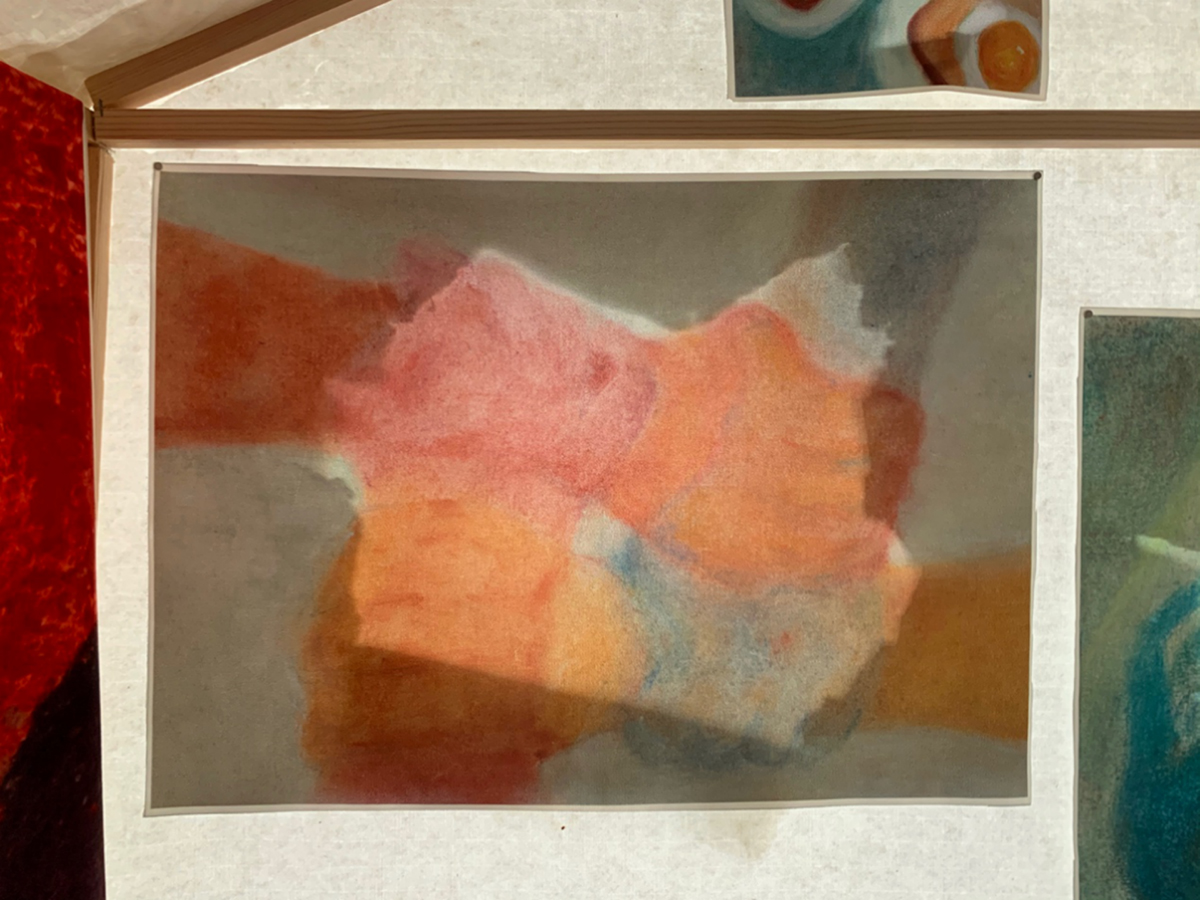
Zheng sees the role of the artist not as a spokesperson, but as a companion. In a moment of noise, she offers listening; in the absence of words, she constructs spaces for silence to breathe. When language fails, she suggests, art remains a medium through which we might reconfigure our relationships with time, memory, and the self. In this way, she assumes the dual role of emotional archivist and architect of perception, not dictating meaning but holding space for it. “We don’t need louder voices,” she says, “but deeper listening.”
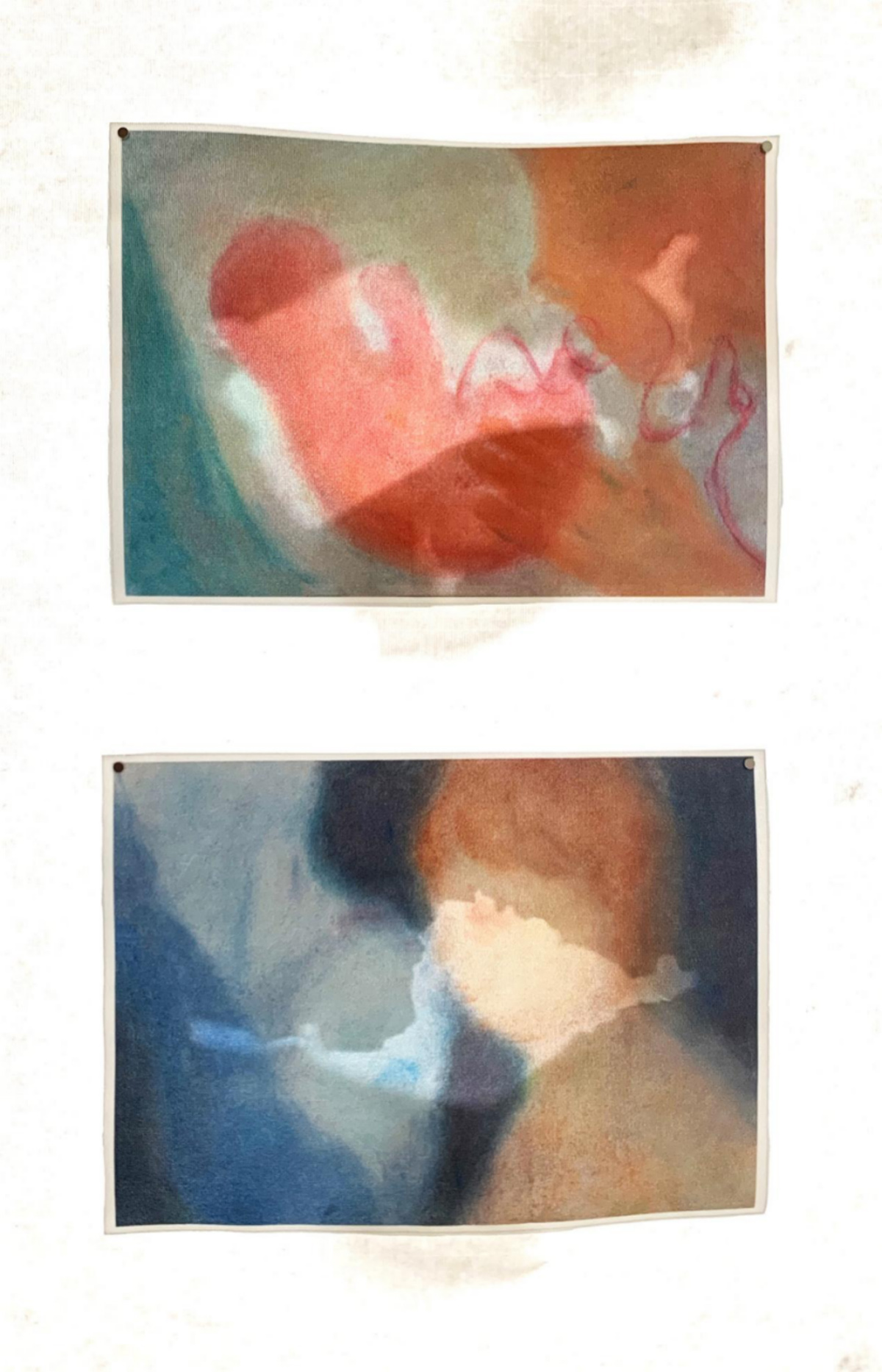
Looking forward, Taichun envisions an art that becomes “slower, softer, more attentive”, a return to embodied experience and everyday affect. Her practice continues to operate as a form of gentle mending, not rushing toward resolution but offering a fabric of warmth.
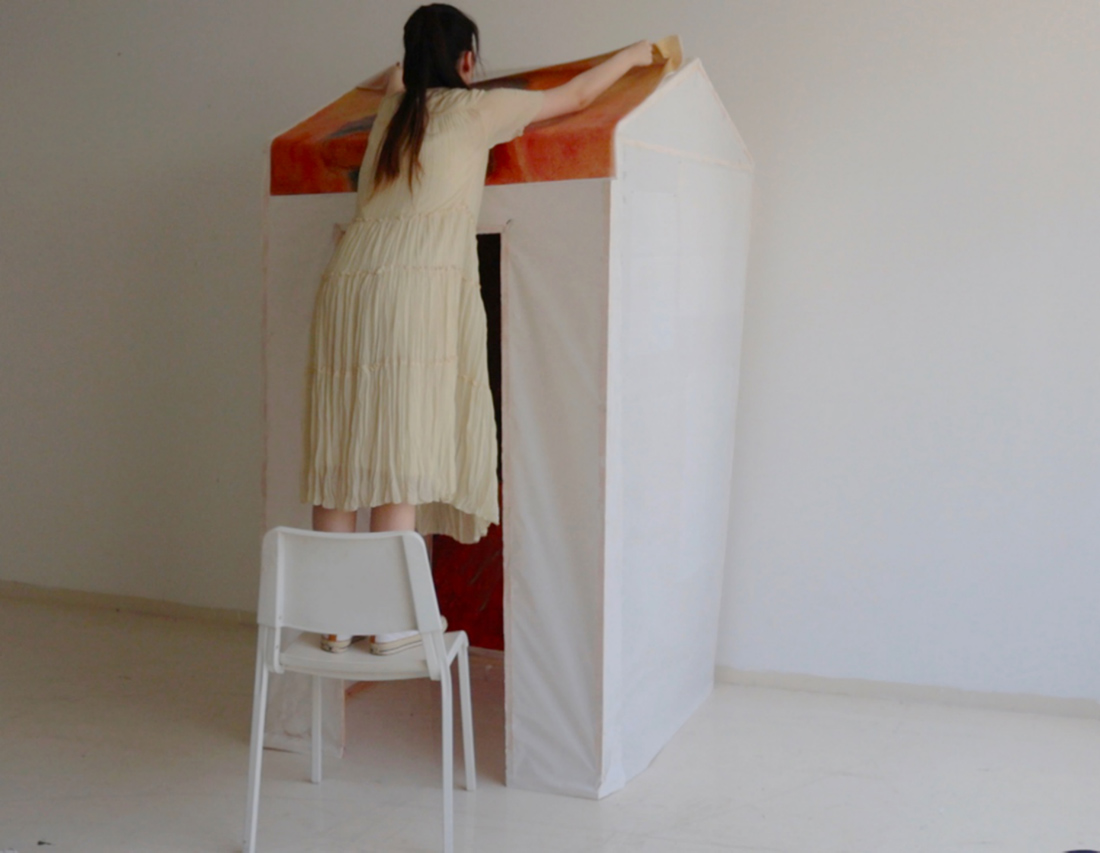
This healing-oriented spatial practice is also a meditation on contemporary expressions of East Asian culture. Rather than offering symbols or citations, Zheng infuses cultural memory through material presence, allowing audiences to sense, not just interpret, the temperature of tradition. Living within cross-cultural contexts has cultivated in her a perceptual hybridity, a mode of working that weaves eastern healing philosophies with contemporary concerns of identity, emotion, and space. In response to a globalized, overstimulated art world, Zheng proposes a quieter counterpoint: a return to the sensory, a lingering in tenderness, and a gentle reminder to meet both ourselves and others with care. Healing, for Zheng, is not a conclusion. It is a process of soft continuation, a quiet light held in the folds of complexity, offering rest for the still-beating, still-fragile heart.
